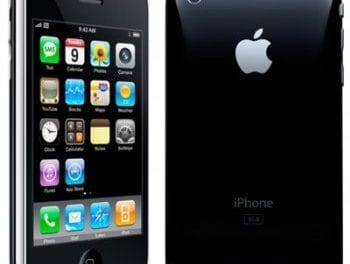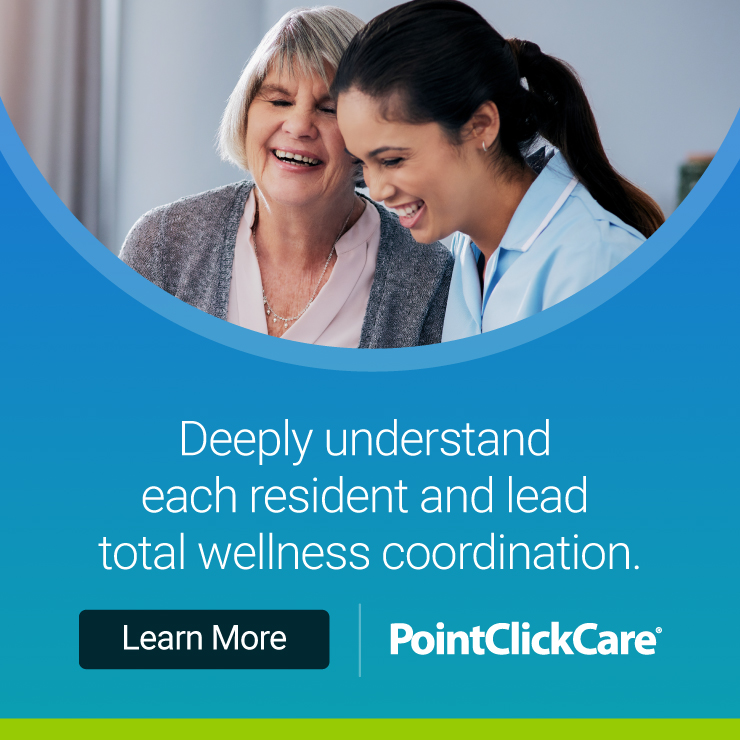By Jack Cumming
We might all agree that when we are stricken, we want healthcare responders to have available to them all information that might help save our lives or restore us more quickly to vitality and good health. That has been the intent of recurrent efforts to craft a universal electronic health record (EHR) that would be instantly available to care providers on demand.
Collaboration or Competition
That dream of a universal electronic health record has proven elusive due to proprietary claims, incrementalism, and the complexity of American healthcare. To a layperson, it seems that it should be relatively simple to adapt the Social Security account database to the purpose, but that’s naïve. People become fearful about their information, and quickly, privacy claims bubble to the surface.
That brings us to jargon. Here are some acronyms and their meanings that surfaced recently in an EHR conversation. Google tells us that “QHIO ADT refers to Qualified Health Information Organizations (QHIOs) and their role in the California Data Exchange Framework (DxF) specifically concerning Admission, Discharge, and Transfer (ADT) notifications.”
Privacy Fears
Maybe once you smoked a joint and are afraid that someone may find out about your transgression. We all have our secrets. We may even have medical encounters that we fear may impact us negatively. When I was going through a marital breakup, I went to a therapist for “anxiety reaction.” Do I want that in my obit? You know the answer. Absolutely not. I want my obit to be about loves sustained, not loves that went awry.
After many years of living in a CCRC, I’ve come to a new understanding. Privacy to protect those secrets drives thinking until frailty leads to fear of being helpless when help is needed. Consider that a person doesn’t want a watchful camera unless they fear a fatal fall, for which a camera might bring help and save their lives. Fear of secrets disclosed is then replaced by a more primordial fear.
Our Nation’s Need
We need a universal electronic health record, and it’s not that hard to conceive of in the age of computers and artificial intelligence. The Social Security record is already in place and has proven remarkably economical. DxF’s QHIOs and required ADT are jargonized incremental distractions to try to overcome the political currents that give us suboptimal healthcare information sharing.
How many more lives could be saved if we went right to the root with a single information storehouse with an AI component that could quickly brief a medical responder in our hour of need?
The Players
The number of players in this space is not that great. If we moved toward collaboration from fragmented competition, much could be achieved. Today, EHR industry data separates out hospitals for overall healthcare, but in that narrow subset, the top four vendors control over 80% of the market [Source]. The manipulatively proprietary jockeying and sensitivity of EHRs may be evidenced by the difficulty of obtaining the distribution of EHR market share among vendors in the larger comprehensive healthcare economic sector.
In long term care, PointClickCare and MatrixCare appear to be the favored leaders, though the hospital vendors, Epic and Cerner, also offer chronic care support. Sentrics is a player, though it does not have the visibility of the others. Then, there are a multiplicity of minor players trying to find traction. [Source and Source]
Political Malaise
It’s indicative of the political malaise that has rendered Congress and centralized government less effective in our time that this simple first step toward better healthcare for Americans has not been accomplished. We need better processes and leadership in support of the general welfare of the nation.
For senior living, a universal electronic health record and data analysis solution could allow senior housing providers to show whether they provide an advantage over “aging in place.” If positive, as it should be, that could provide a compelling selling point for the industry.







